Air Source Heat Pumps (ASHPs) have become an increasingly popular choice for eco-friendly and cost-efficient heating and cooling solutions. As concerns about energy consumption and environmental sustainability grow, ASHPs offer a renewable alternative to traditional heating systems.
However, there is still much potential for innovation and improvement in this field. Below are 10 creative ideas to expand the use and effectiveness of air source heat pumps for both residential and commercial applications.
1. Eco-Friendly Home Heating Solutions
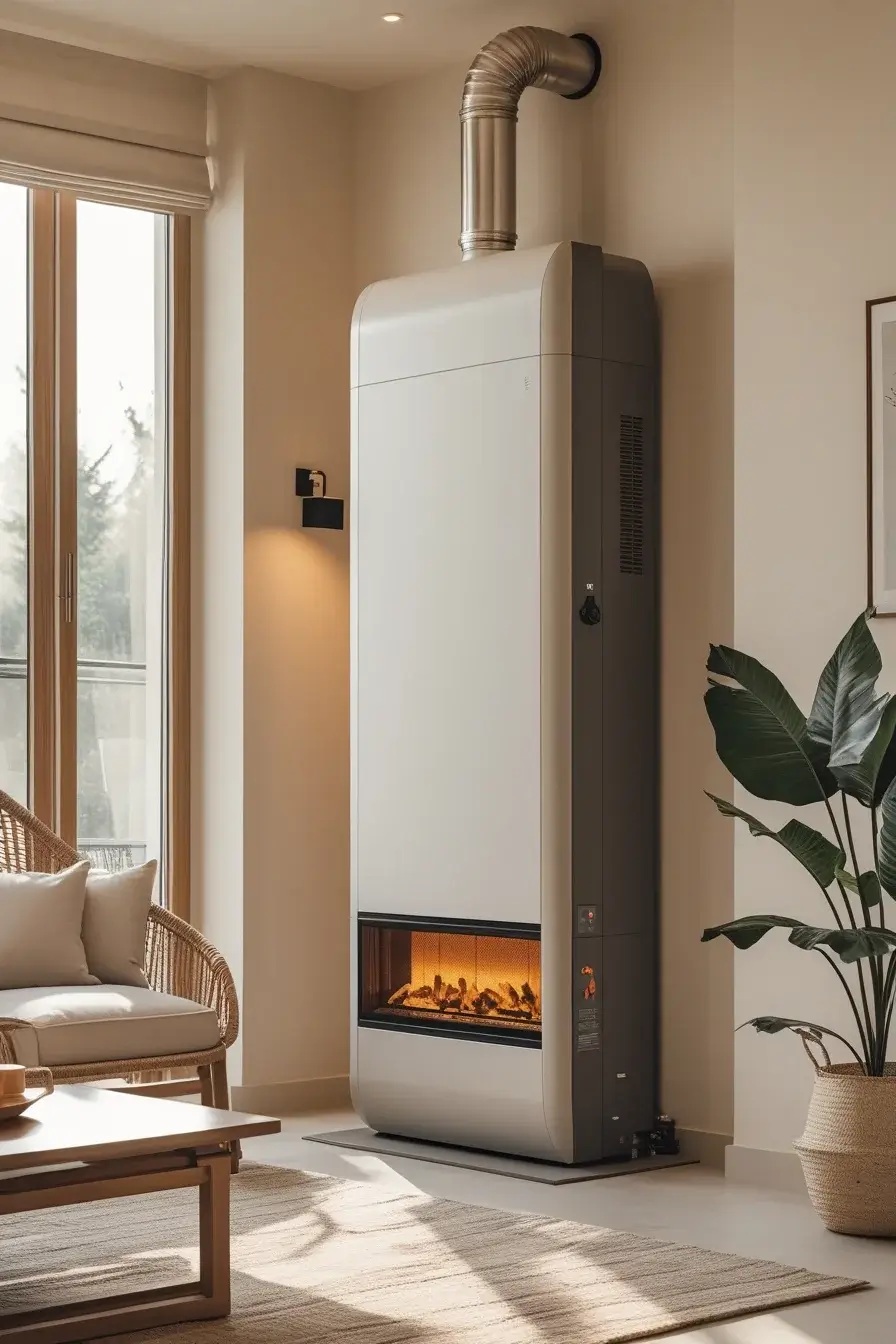
The growing demand for green technologies presents a perfect opportunity to focus on energy-efficient air source heat pumps specifically for residential homes. By emphasizing sustainability, such systems can be designed to reduce energy consumption and lower utility bills.
Offering a product line that’s not only affordable but also environmentally friendly would make ASHPs a go-to solution for homeowners looking to reduce their carbon footprint. Brands could differentiate themselves by focusing on eco-certifications, energy savings, and providing detailed information about the carbon reductions achieved by using such systems.
2. Smart Thermostat Integration
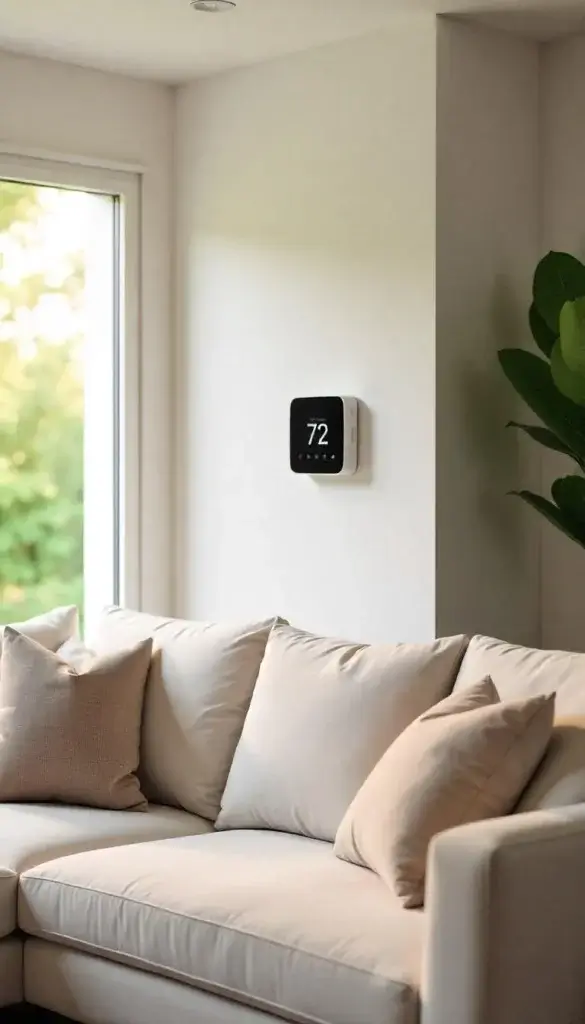
In the era of smart homes, integrating air source heat pumps with smart thermostats is a game-changer. Homeowners could remotely control their heating and cooling, optimizing energy use and saving money.
Smart systems could adapt to residents’ schedules and preferences, ensuring that homes are heated only when necessary and at the ideal temperature. Over time, these integrations can also allow homeowners to mo
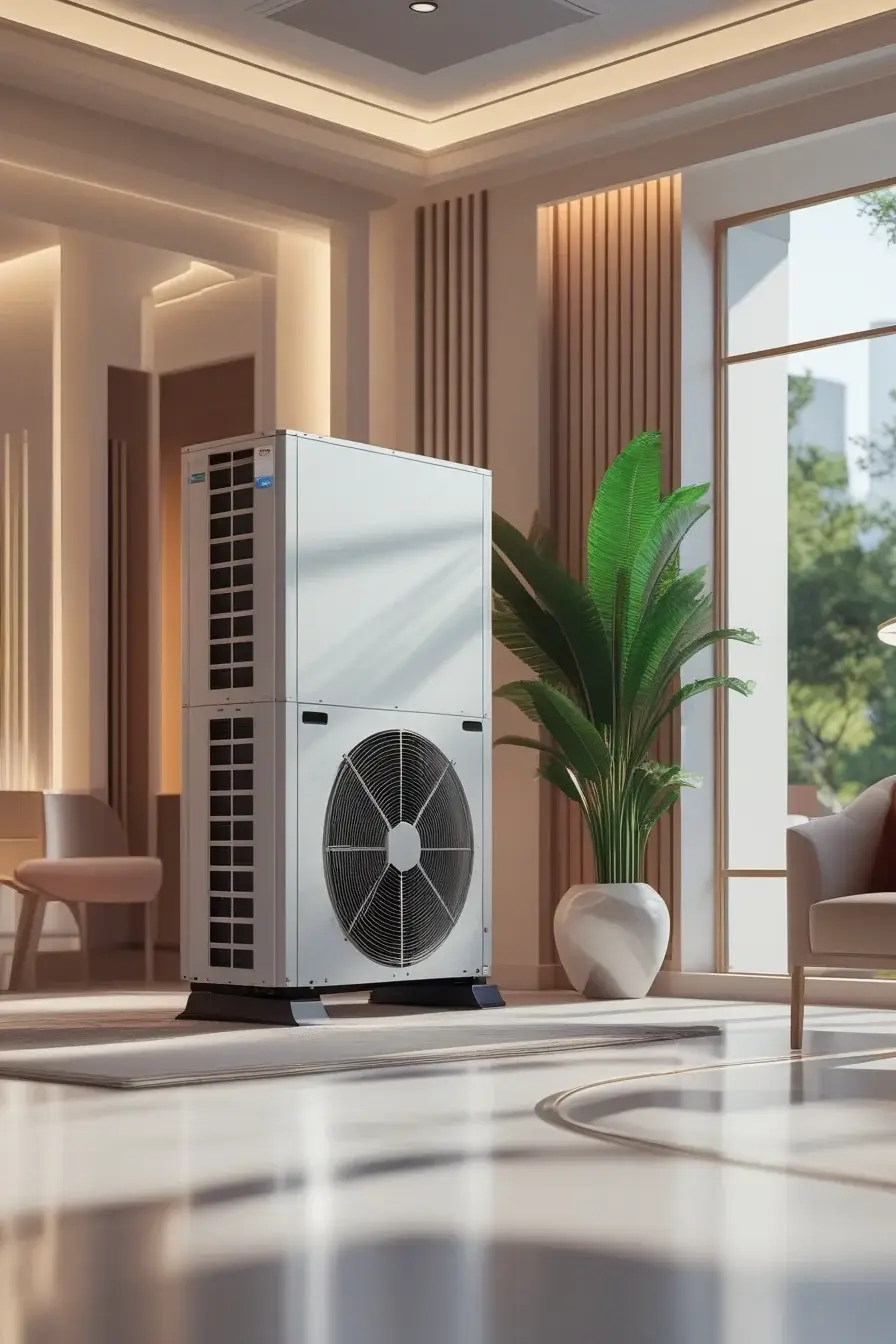
nitor and track energy consumption, making it easier to stay on top of usage patterns and further optimize energy efficiency.
3. Commercial Heat Pump Systems
Air source heat pumps are not just for homes—they can be game-changers for commercial buildings as well. Designing larger-scale ASHP systems for office complexes, hotels, restaurants, and warehouses can drastically reduce operating costs.
Businesses can benefit from the cost savings in energy bills while also contributing to sustainability goals. By customizing systems to handle larger loads, as well as incorporating scalability for growing businesses, air source heat pump solutions can become essential for businesses seeking to lower their environmental impact.
4. Hybrid Systems for Existing Homes
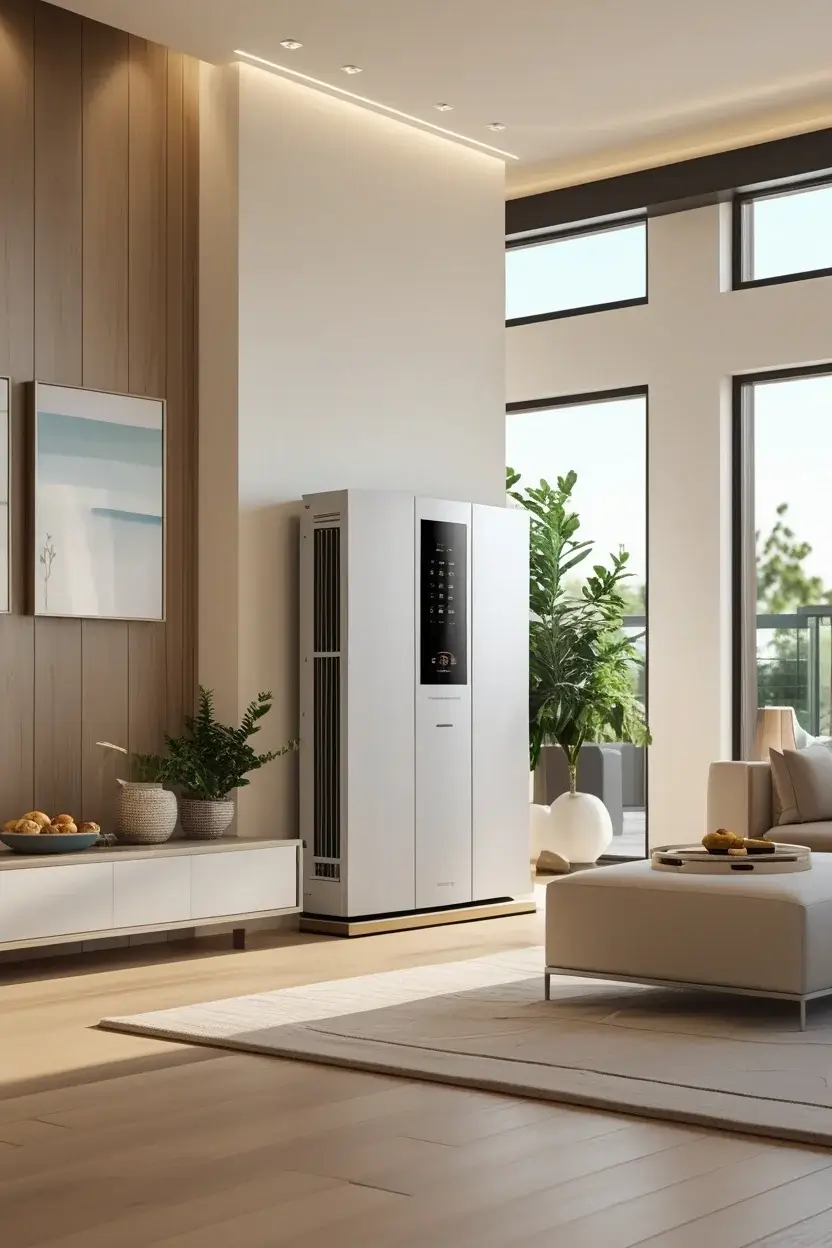
One of the biggest challenges for homeowners with existing heating systems is transitioning to new, more efficient solutions without completely overhauling their infrastructure. A hybrid ASHP system that integrates with traditional heating methods (like gas boilers or electric heaters) could provide a seamless upgrade path.
The hybrid system would only use the ASHP for efficient heating, switching to a traditional system in extreme weather conditions. This approach would allow homeowners to experience the benefits of ASHPs without the upfront cost and disruption of replacing their entire system.
5. Air Source Heat Pump Maintenance Services
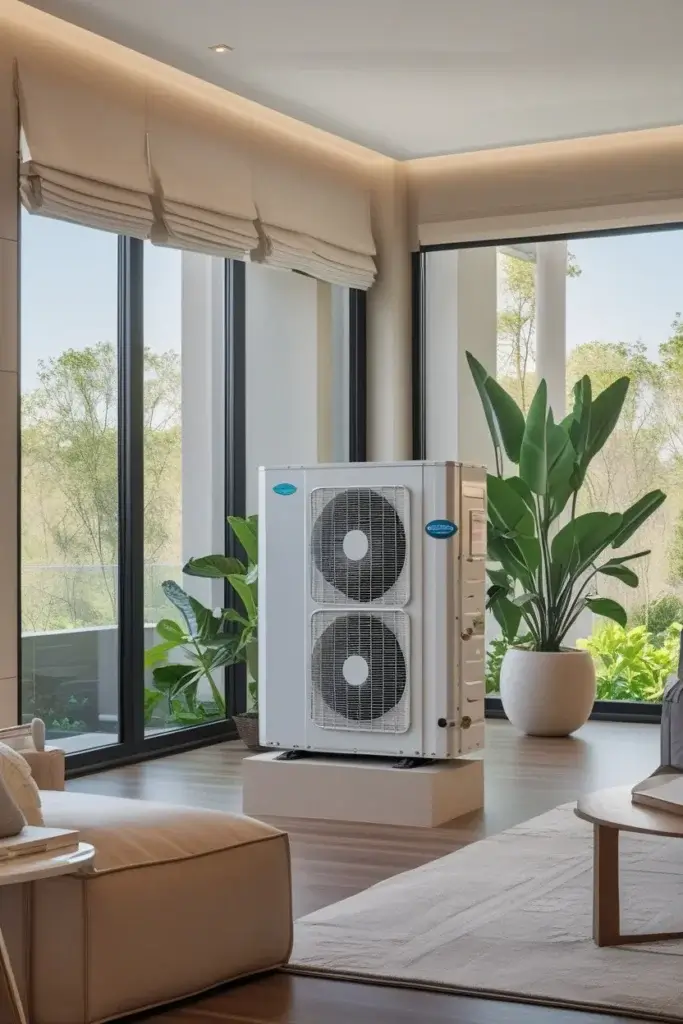
Like any heating system, air source heat pumps require regular maintenance to ensure they operate at peak efficiency. Developing specialized maintenance services that focus on keeping ASHPs in top condition is a great way to build a niche business.
Offering preventive maintenance packages, seasonal check-ups, and system optimization can prolong the lifespan of the equipment while helping homeowners maintain energy savings. Additionally, offering maintenance services as a subscription or service plan model could provide a steady revenue stream for businesses in this space.
6. Portable Air Source Heat Pumps for Temporary Installations
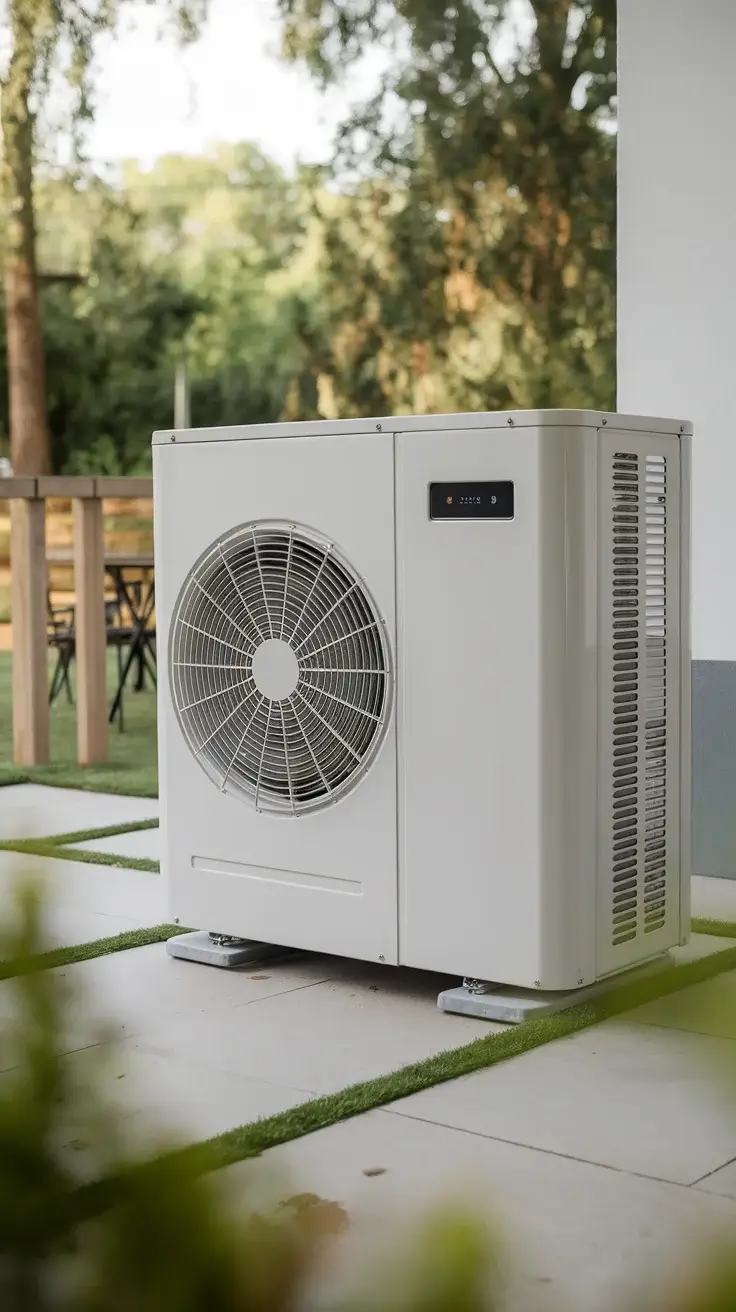
For situations like construction sites, outdoor events, or temporary housing, a portable air source heat pump can provide a convenient and energy-efficient solution. Portable ASHP units could be designed for easy transport and quick installation, providing effective heating and cooling in places where traditional HVAC systems are impractical.
This would also be an excellent option for renters who may not be able to install permanent HVAC systems but still need reliable climate control for comfort.
7. Commercial Air-Conditioning and Heating Solutions
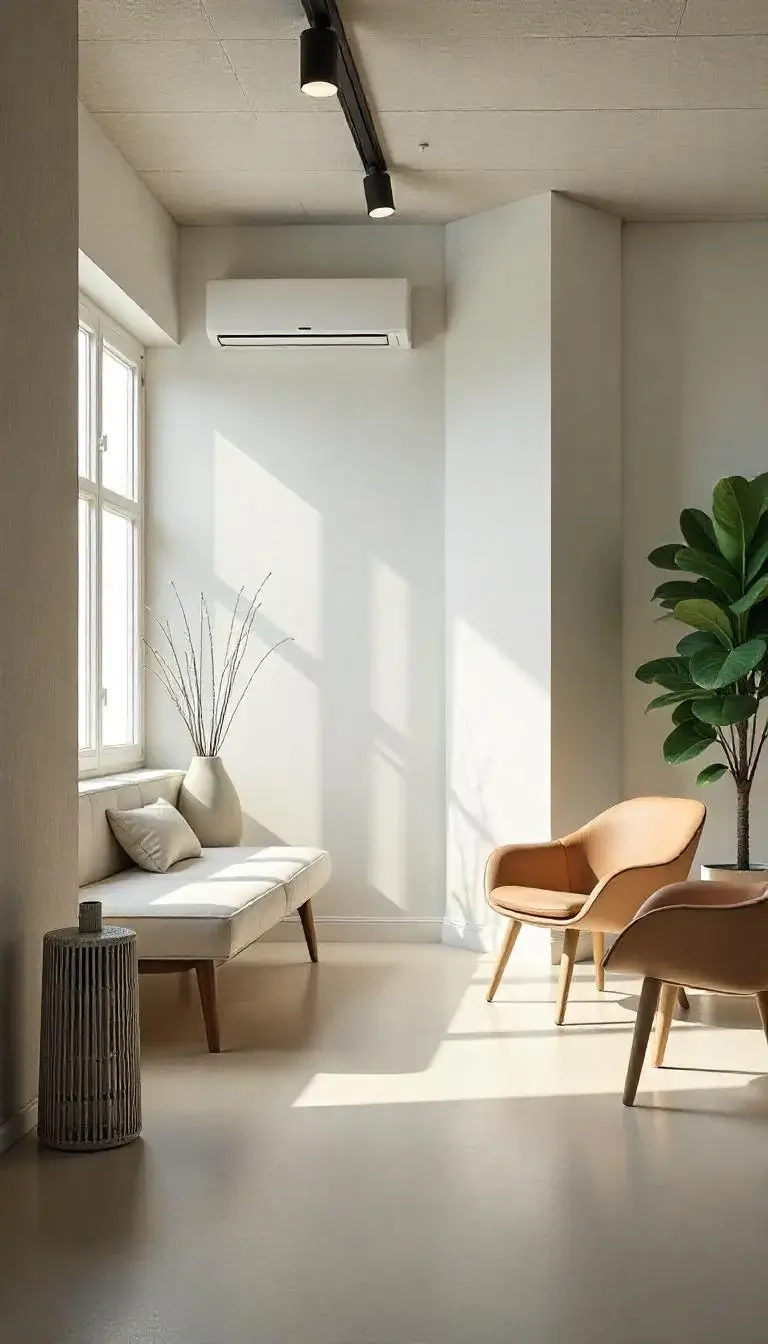
ASHPs have the potential to function as both air-conditioning and heating solutions, making them ideal for businesses in need of year-round climate control. By creating dual-purpose systems, businesses can enjoy efficient heating in the winter months and cooling in the summer without the need for separate systems.
This would streamline energy usage, reduce equipment costs, and increase overall efficiency for businesses that require reliable temperature control year-round.
8. Energy Storage Integration
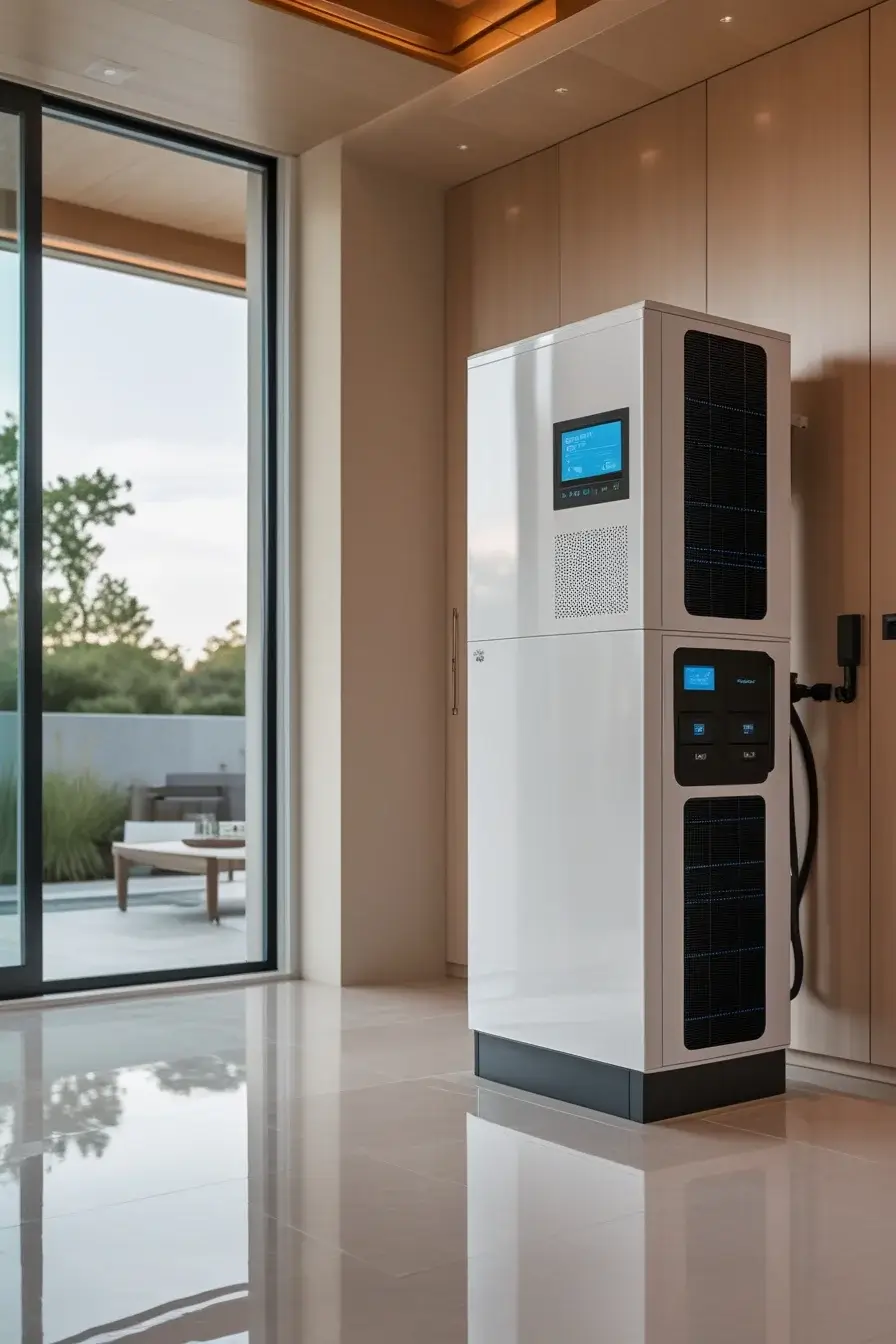
One of the most exciting innovations for air source heat pumps is integrating them with renewable energy sources, like solar power or battery storage systems. Solar panels or wind turbines can be used to generate electricity, which could power the heat pump.
Excess energy generated during sunny or windy periods can be stored in batteries, making it available for heating during the colder months. This creates a fully integrated energy ecosystem that reduces reliance on the grid, lowers utility bills, and further decreases the carbon footprint of the property.
9. Incentive Programs for Eco-Friendly Upgrades
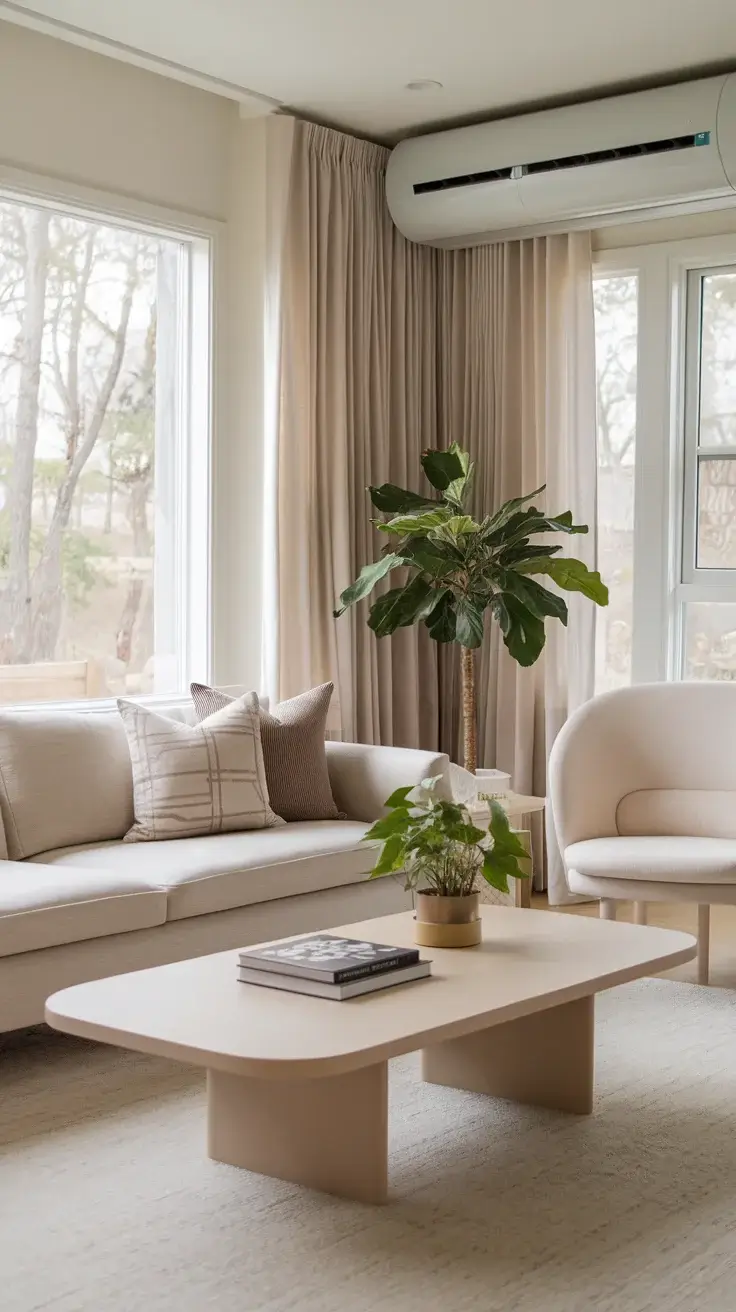
Governments and local authorities around the world are offering incentives and rebates for homeowners and businesses to upgrade to more energy-efficient technologies. Partnering with these programs to offer financial incentives for installing air source heat pumps can accelerate the adoption of the technology.
By providing expert guidance on local incentives, tax breaks, or rebates, companies can help customers make the transition to ASHPs with less financial burden. It’s a win-win for both businesses and consumers aiming to embrace green technologies.
10. Customized ASHP Units for Specific Climates
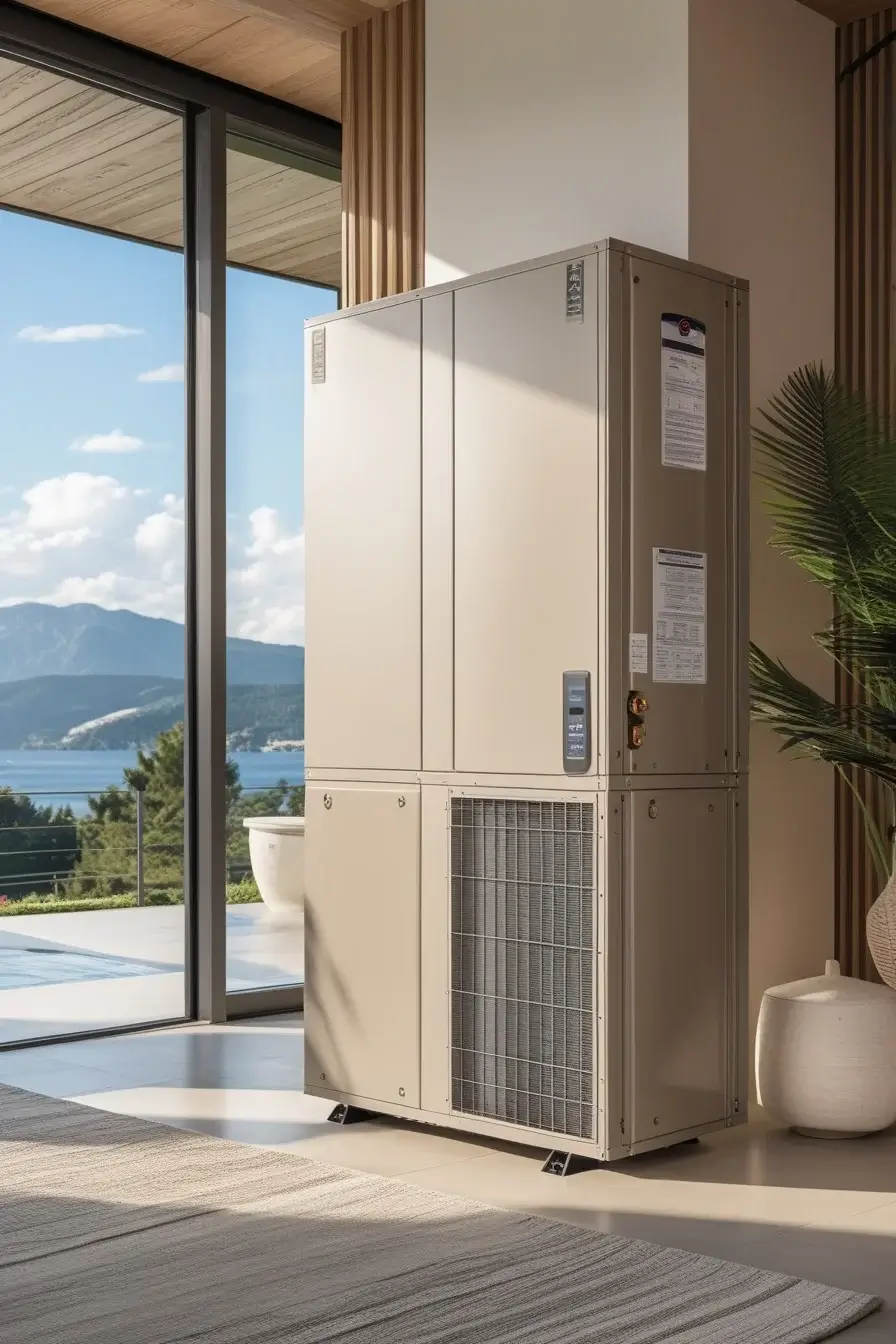
While air source heat pumps are designed to operate in a wide range of climates, customizing them for extreme temperatures—whether extremely cold or hot environments—would increase their reliability and efficiency.
For example, specialized units for colder northern regions could be optimized to perform better in sub-zero temperatures, while models for hotter climates could be optimized for cooling efficiency. Tailoring units to specific regional needs ensures that ASHPs are a viable solution in all areas, regardless of the climate, leading to a broader customer base.
Conclusion
Air Source Heat Pumps have already proven to be a powerful tool in the pursuit of energy-efficient and sustainable heating and cooling. However, the potential for innovation within this technology is vast. From integrating smart systems to creating hybrid units for existing homes, there are plenty of opportunities to make ASHPs more accessible, effective, and cost-efficient for homeowners and businesses alike.
By focusing on sustainability, energy savings, and smart solutions, ASHPs could be the centerpiece of the next generation of heating and cooling systems. Whether it’s through product design, integration with other green technologies, or innovative services, the future of air source heat pumps looks promising.

